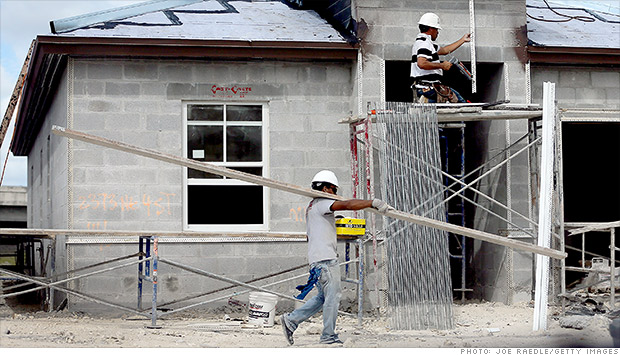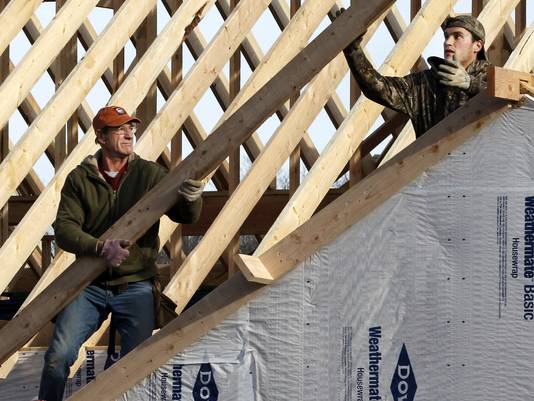You can't or don't want to sell your existing home.
If those two statements ring true for you, becoming a landlord might not be a bad idea.You can move to another home for less than the income you could get for renting your home.
The housing recovery is underway, but it could still take years for many homeowners to surface from their underwater status. Selling now would beselling at a loss.
Other homeowners aren't underwater, but don't have enough equity to sell at a decent profit. Selling now could be only a break-even proposition.
Homeowners stuck with a mortgage larger than the value of their home, are cashing in on rising rents by renting out their existing home and moving to a home that costs less - if only temporarily.
The deal can even work if the home you move to costs the same as or even more than your current housing costs, provided your new housing costs are sufficiently offset by the rental income from your existing home.
Do the math
In the best of all worlds, the rent should cover not only your existing home's mortgage, but property taxes, insurance, upkeep and other costs of owning a home. If not, you'll have to make up the difference.
In today's skyrocketing rents market, you likely can swing the rental income you need.
However, you face a greater obstacle than making the deal pencil.
Hiring a property manager could cut into your rental income, but landlording, especially for first-timers, is not a piece of cake.
Take some cues from T.J. Rubin, broker owner of Fulton Grace Realty in Chicago.
He offers some tips to help you make the transition to a new job as a landlord.















